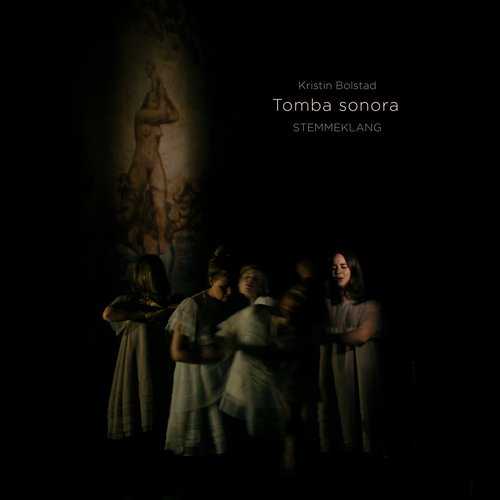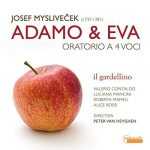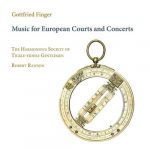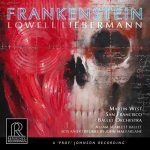
Performer: Stemmeklang
Audio CD
Number of Discs: 1
Format: FLAC (tracks)
Label: 2L
Release: 2019
Size: 1,23 GB
Recovery: +3%
Scan: yes
01. Echoes & Shadows
02. Stilla (Silence)
03. TRY
04. Mellom Skyene (Between the Clouds)
05. Tomba Sonora
Kristin Bolstad
Linnea Sundfaer Haug
Julie Kleive
Karoline Dahl Gullberg
Gabrielle Sorensen
Erlend Habbestad
Dag Oystein Berger
Vilde Alme
Katrine Pedersen
Recorded in the mausoleum of Emanuel Vigeland Museum, Oslo in August 2018.
Tomba sonora is a site-specific musical project for the mausoleum in the Emanuel Vigeland Museum in Oslo. The mausoleum is in effect one huge tomb, and its reverberation time has played a key role in how this music has been conceived and composed by Kristin Bolstad; moreover, the room’s special frequency response and the overtones derived from it are also used actively in the musical material. The positioning of the vocalists and the direction of the sound are among the many ways the acoustic qualities of the room’s space are used creatively to shape the flow and movement of the music.
To gain entry to the mausoleum one has to bend down low to get through a low, narrow opening. Just above this doorway is the urn which contains Vigeland’s ashes, so this is an act of obeisance that has to be made by everyone entering the mausoleum. The mausoleum houses not only this urn but also Vita, his magnum opus, a work that consists of frescoes that cover the walls of the 800-square-metre room, which took him most of his life to complete. Vita depicts human life from conception to death, with hundreds of nude figures which, in scenes of intense intimacy, reflect both a Darwinian and a Christian perception of life. The way Vita addresses the idea of death as a precondition for life finds a parallel in these musical works since they are grounded in the perception that silence, or non-sound, is a precondition for sound. Broad swathes of sound experiment with consonance and dissonance and with a patient approach to time – the goal being to give the listener a unique experience in which music and space mirror each other and intensify each other.
The acoustics of this mausoleum are a significant part of the multisensory immersive experience any visitor will encounter. The darkness, the low temperature and the high humidity enhance one’s sensitivity to sound. The hard surfaces of the stone walls, unrelieved by any windows, reflect the sound from all directions and one feels enveloped by it – at times with an irresistible depth of feeling. The sound waves meet little resistance and only gradually decay between the hard surfaces – this gives a long and rich reverberation.
Performers’ interaction is also strongly affected by this reverberation, something musical phrasing has to take into account. In this rich acoustic it can be extremely difficult to hear oneself and to hear others. The long reverberation calls for slower tempi, reduced dynamics, gentler articulation, and, not least, very patient listening. So all in all it is a challenging venue. Perceived reverberance, more precisely called Early Decay Time (EDT), is measured by an acoustic parameter, and in a typical concert hall it would be 1–3 seconds. In the mausoleum of Vigeland the EDT parameter measures 13 seconds.
One feels small in such a room. Everything happens very slowly. The room insists that everything happens slowly. And the silence demands the same of us. Our experience of time is closely bound up with our experience of silence. This music teaches us this. The music creates a room that is quieter than a room without sound, and we can only find our way to this quiet room by slowing down and giving time.



